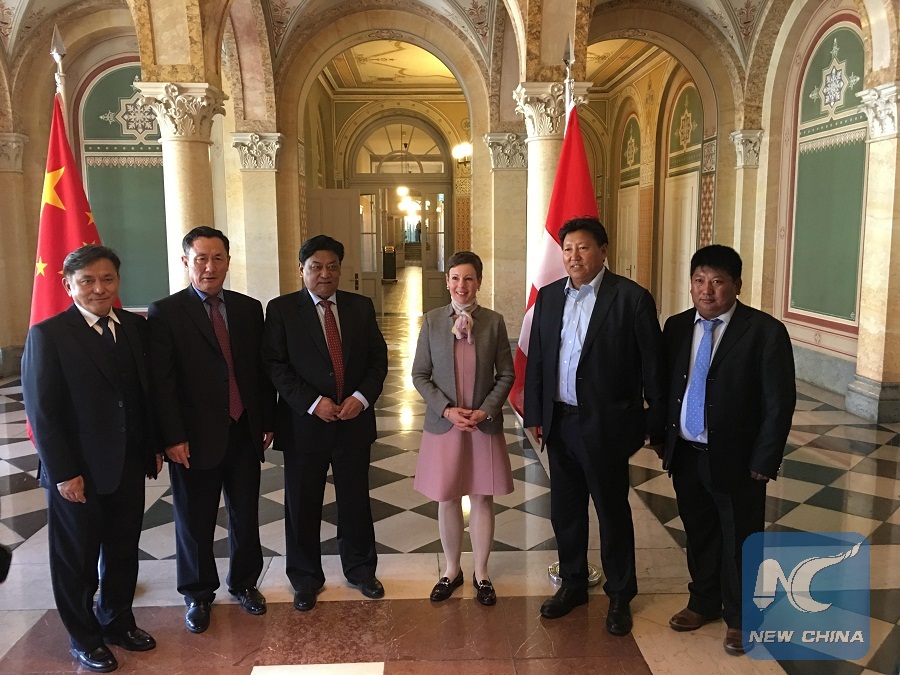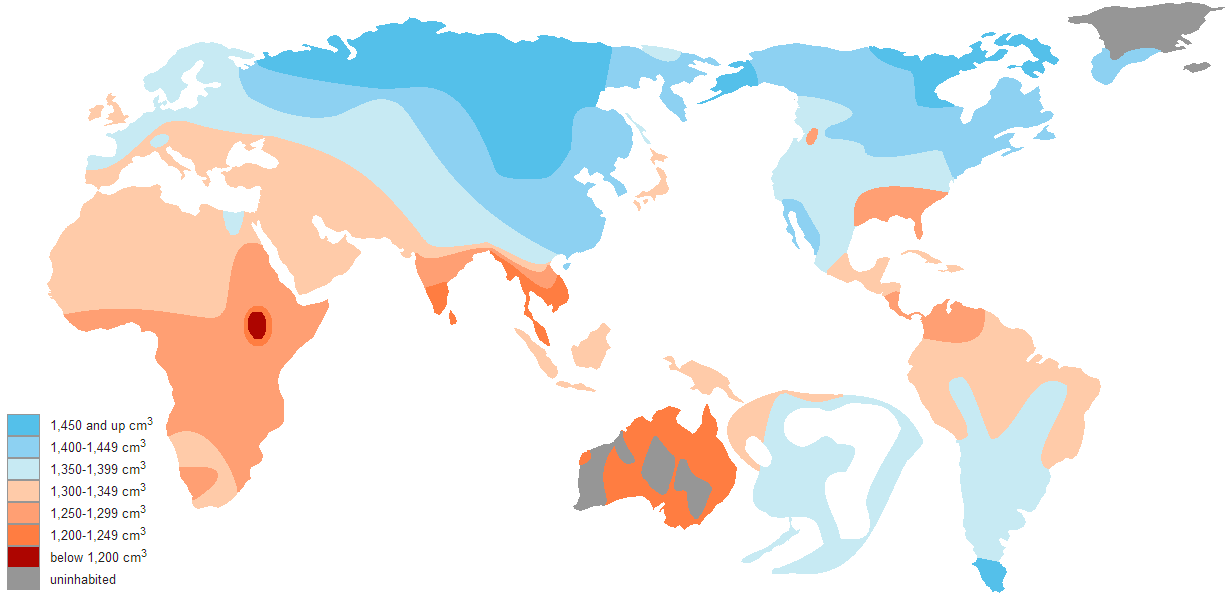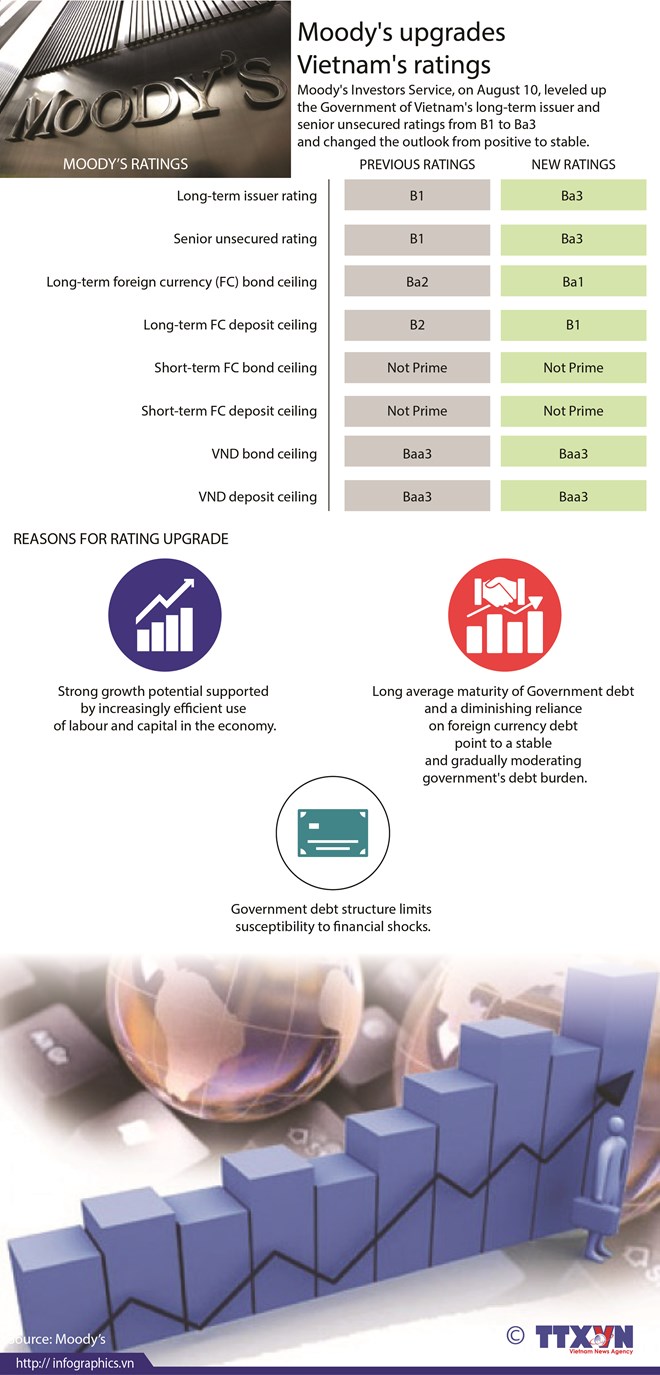Galactic Penguin SST
BANNED

- Joined
- Aug 10, 2017
- Messages
- 1,454
- Reaction score
- 1
- Country
- Location
Vietnam in danger of becoming a dump as China says no to trash
July 17, 2018
China's ban on scrap imports has left the “developed” world scrambling for solutions and Vietnam facing the prospect of becoming a trash basket.
It’s another waste-full day in Minh Khai, Hung Yen Province.
Blocks of plastic bags sprawl on the ground, fill up alleys, besiege houses; machines groan and toss shredded plastic pieces into the air; sewage carrying debris leaks onto the streets; and kids splash themselves in a dark, murky pond.
It is a scene similar to the recycling dead zones in China –exhaustively detailed in documentaries such as Plastic China and books like Adam Minter’s Junkyard Planet.
There’s a big difference, though.
China’s recycling villages are cleaning up their act in haste.
Since January 1, the world’s biggest waste importer and recycler has said no to old mobile phones, paper, textiles and plastics it had always imported from the world for decades. It wants to take back its blue sky.
While a blue sky has not been a frequent sight in industrial Hung Yen or polluted Hanoi, it has been definitively gray in Minh Khai, one of Vietnam’s largest plastic recycling villages.
It’s noon, traditional Vietnamese nap time, but in Nguyen’s 100-square-meter workshop, the machines are still roaring.
The 31-year-old recycler is overseeing five employees as they cut, melt and mold plastic, even as she darts between heaps of translucent bags and her kitchen to cook her family of six a quick lunch.
These days, Nguyen, who declined to give her full name, can’t afford to take a long break. Her pellet-making machine handles about 1.5-2.5 tons of plastic per day, about 50-75 tons a month. Trash is pouring in from all over the world, Nguyen said, but mostly from Germany, Japan and the U.S.
Nguyen has been a recycler for about two decades but only in the past year has she seen such a surge in the volume of foreign waste.
She cannot cite figures; all Nguyen knows is that Chinese brokers hand her cash and tell her they need no contract. “I don’t even know who they are but every month, I buy about three containers from them,” Nguyen told VnExpress International.
Like many recycling households in Minh Khai, Nguyen will sell her pellets back to China, where they are made into cheap plastic tables, stools, containers that find their way back to compete in Vietnamese market.
Minh Khai has 1,000 households, of which more than 90 percent recycle plastic at home. Hanoi lacks an effective official recycling scheme, so for more than three decades, Minh Khai has been one of the major informal recycling hubs that handle plastic for the capital and the Red River Delta.
Until 2017, only 143 households were registered businesses.
“It’s only in the past two years that our village started buying more from Chinese brokers,” a 64-year-old recycler named Hoang remarked. “Truck after truck brings up to a thousand tons of plastic a day.”
Nguyen has been a recycler for about two decades but only in the past year has she seen such a surge in the volume of foreign waste.
She cannot cite figures; all Nguyen knows is that Chinese brokers hand her cash and tell her they need no contract. “I don’t even know who they are but every month, I buy about three containers from them,” Nguyen told VnExpress International.
Like many recycling households in Minh Khai, Nguyen will sell her pellets back to China, where they are made into cheap plastic tables, stools, containers that find their way back to compete in Vietnamese market.
Minh Khai has 1,000 households, of which more than 90 percent recycle plastic at home. Hanoi lacks an effective official recycling scheme, so for more than three decades, Minh Khai has been one of the major informal recycling hubs that handle plastic for the capital and the Red River Delta.
Until 2017, only 143 households were registered businesses.
“It’s only in the past two years that our village started buying more from Chinese brokers,” a 64-year-old recycler named Hoang remarked. “Truck after truck brings up to a thousand tons of plastic a day.”
International dumping ground
In 2011, China introduced its Green Fence program, an attempt to slowly close its doors to contaminated materials.
China had been importing 45 percent of world’s plastic waste since 1992, and according to a research article published on Science Advances this June, the Chinese ban will displace an estimated 111 million metric tons of plastic waste by 2030.
While major exporters like Europe and the United States are diverting their trash to Southeast Asia, industry insiders say that China’s recycling industry itself could shift to other destinations in the region, such as Vietnam.
In 2011, China introduced its Green Fence program, an attempt to slowly close its doors to contaminated materials.
China had been importing 45 percent of world’s plastic waste since 1992, and according to a research article published on Science Advances this June, the Chinese ban will displace an estimated 111 million metric tons of plastic waste by 2030.
While major exporters like Europe and the United States are diverting their trash to Southeast Asia, industry insiders say that China’s recycling industry itself could shift to other destinations in the region, such as Vietnam.
As of May 2018, nearly 28,000 containers were stuck in seaports across Vietnam, according to the Vietnam Maritime Administration. The goods range from electric cords, outdated household appliances, secondhand fabric and used cars to plastic and paper scrap, which makes up the majority.
Tan Cang Cat Lai, one of Vietnam’s largest shipping terminals, had more than 8,000 TEUs (1 TEU equals a 39-cubic-meter container) of plastic waste and paper as of May 21.
The Tan Cang Cai Mep International Terminal also said that the large volume of plastic waste containers the port has received has caused troublesome backups and delays. Both terminals, which are operated by the Saigon Newport Corporation, say they are not accepting plastic scrap until October 15.
Customs officials are ramping up inspections after a recent report of the Vietnam Customs described numerous violations in scrap paper and plastic waste imports – including materials not meeting quality standards, mislabeling, forged import permits and even lack of permits.
In a recent National Assembly session in Hanoi, Tran Hong Ha, Minister of Natural Resources and Environment, responding to concerns that the country can become a landfill of industrial and radioactive waste, said Vietnam has to start saying no to scrap import because the country is not able to deal properly with solid waste.
“Waste in Vietnam is different from the world and even the advanced technologies that other developed countries use to treat their waste have turned out to be inappropriate in Vietnam,” he said.
Many domestic waste treatment plants do not operate effectively and if those plants cannot meet technical and environment criteria, they should be shut down, the minister added.
Until developed nations find a concrete solution for the new-found crisis, it appears that the burden will be borne by Vietnam’s seaports and its limited recycling infrastructure.
For informal recyclers like Hoang and Nguyen of Minh Khai, business will remain hectic, but they are not complaining.
Speaking to VnExpress International, Nguyen posed a rhetorical question: “Where would the trash go if we don’t take it?”
Story and photos by Trang Bui

▲ Vietnam's 2016-2017 plastic waste import.

▲ Minh Khai Village’s drainage ditch is filled with plastic waste.
https://e.vnexpress.net/news/busine...a-dump-as-china-says-no-to-trash-3778281.html
July 17, 2018
China's ban on scrap imports has left the “developed” world scrambling for solutions and Vietnam facing the prospect of becoming a trash basket.
It’s another waste-full day in Minh Khai, Hung Yen Province.
Blocks of plastic bags sprawl on the ground, fill up alleys, besiege houses; machines groan and toss shredded plastic pieces into the air; sewage carrying debris leaks onto the streets; and kids splash themselves in a dark, murky pond.
It is a scene similar to the recycling dead zones in China –exhaustively detailed in documentaries such as Plastic China and books like Adam Minter’s Junkyard Planet.
There’s a big difference, though.
China’s recycling villages are cleaning up their act in haste.
Since January 1, the world’s biggest waste importer and recycler has said no to old mobile phones, paper, textiles and plastics it had always imported from the world for decades. It wants to take back its blue sky.
While a blue sky has not been a frequent sight in industrial Hung Yen or polluted Hanoi, it has been definitively gray in Minh Khai, one of Vietnam’s largest plastic recycling villages.
It’s noon, traditional Vietnamese nap time, but in Nguyen’s 100-square-meter workshop, the machines are still roaring.
The 31-year-old recycler is overseeing five employees as they cut, melt and mold plastic, even as she darts between heaps of translucent bags and her kitchen to cook her family of six a quick lunch.
These days, Nguyen, who declined to give her full name, can’t afford to take a long break. Her pellet-making machine handles about 1.5-2.5 tons of plastic per day, about 50-75 tons a month. Trash is pouring in from all over the world, Nguyen said, but mostly from Germany, Japan and the U.S.
Nguyen has been a recycler for about two decades but only in the past year has she seen such a surge in the volume of foreign waste.
She cannot cite figures; all Nguyen knows is that Chinese brokers hand her cash and tell her they need no contract. “I don’t even know who they are but every month, I buy about three containers from them,” Nguyen told VnExpress International.
Like many recycling households in Minh Khai, Nguyen will sell her pellets back to China, where they are made into cheap plastic tables, stools, containers that find their way back to compete in Vietnamese market.
Minh Khai has 1,000 households, of which more than 90 percent recycle plastic at home. Hanoi lacks an effective official recycling scheme, so for more than three decades, Minh Khai has been one of the major informal recycling hubs that handle plastic for the capital and the Red River Delta.
Until 2017, only 143 households were registered businesses.
“It’s only in the past two years that our village started buying more from Chinese brokers,” a 64-year-old recycler named Hoang remarked. “Truck after truck brings up to a thousand tons of plastic a day.”
Nguyen has been a recycler for about two decades but only in the past year has she seen such a surge in the volume of foreign waste.
She cannot cite figures; all Nguyen knows is that Chinese brokers hand her cash and tell her they need no contract. “I don’t even know who they are but every month, I buy about three containers from them,” Nguyen told VnExpress International.
Like many recycling households in Minh Khai, Nguyen will sell her pellets back to China, where they are made into cheap plastic tables, stools, containers that find their way back to compete in Vietnamese market.
Minh Khai has 1,000 households, of which more than 90 percent recycle plastic at home. Hanoi lacks an effective official recycling scheme, so for more than three decades, Minh Khai has been one of the major informal recycling hubs that handle plastic for the capital and the Red River Delta.
Until 2017, only 143 households were registered businesses.
“It’s only in the past two years that our village started buying more from Chinese brokers,” a 64-year-old recycler named Hoang remarked. “Truck after truck brings up to a thousand tons of plastic a day.”
International dumping ground
In 2011, China introduced its Green Fence program, an attempt to slowly close its doors to contaminated materials.
China had been importing 45 percent of world’s plastic waste since 1992, and according to a research article published on Science Advances this June, the Chinese ban will displace an estimated 111 million metric tons of plastic waste by 2030.
While major exporters like Europe and the United States are diverting their trash to Southeast Asia, industry insiders say that China’s recycling industry itself could shift to other destinations in the region, such as Vietnam.
In 2011, China introduced its Green Fence program, an attempt to slowly close its doors to contaminated materials.
China had been importing 45 percent of world’s plastic waste since 1992, and according to a research article published on Science Advances this June, the Chinese ban will displace an estimated 111 million metric tons of plastic waste by 2030.
While major exporters like Europe and the United States are diverting their trash to Southeast Asia, industry insiders say that China’s recycling industry itself could shift to other destinations in the region, such as Vietnam.
As of May 2018, nearly 28,000 containers were stuck in seaports across Vietnam, according to the Vietnam Maritime Administration. The goods range from electric cords, outdated household appliances, secondhand fabric and used cars to plastic and paper scrap, which makes up the majority.
Tan Cang Cat Lai, one of Vietnam’s largest shipping terminals, had more than 8,000 TEUs (1 TEU equals a 39-cubic-meter container) of plastic waste and paper as of May 21.
The Tan Cang Cai Mep International Terminal also said that the large volume of plastic waste containers the port has received has caused troublesome backups and delays. Both terminals, which are operated by the Saigon Newport Corporation, say they are not accepting plastic scrap until October 15.
Customs officials are ramping up inspections after a recent report of the Vietnam Customs described numerous violations in scrap paper and plastic waste imports – including materials not meeting quality standards, mislabeling, forged import permits and even lack of permits.
In a recent National Assembly session in Hanoi, Tran Hong Ha, Minister of Natural Resources and Environment, responding to concerns that the country can become a landfill of industrial and radioactive waste, said Vietnam has to start saying no to scrap import because the country is not able to deal properly with solid waste.
“Waste in Vietnam is different from the world and even the advanced technologies that other developed countries use to treat their waste have turned out to be inappropriate in Vietnam,” he said.
Many domestic waste treatment plants do not operate effectively and if those plants cannot meet technical and environment criteria, they should be shut down, the minister added.
Until developed nations find a concrete solution for the new-found crisis, it appears that the burden will be borne by Vietnam’s seaports and its limited recycling infrastructure.
For informal recyclers like Hoang and Nguyen of Minh Khai, business will remain hectic, but they are not complaining.
Speaking to VnExpress International, Nguyen posed a rhetorical question: “Where would the trash go if we don’t take it?”
Story and photos by Trang Bui
https://e.vnexpress.net/news/busine...a-dump-as-china-says-no-to-trash-3778281.html

















